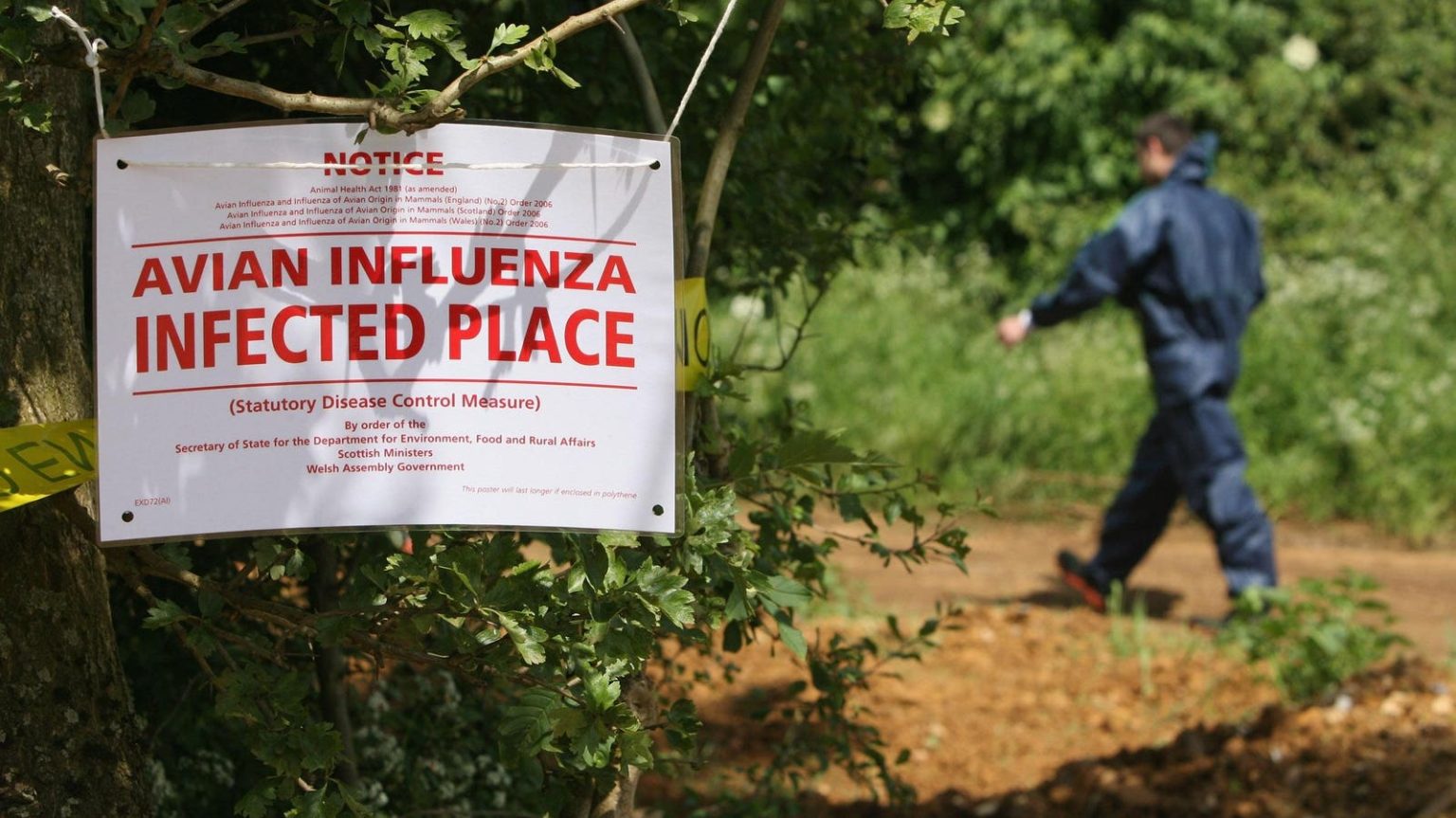Topline
A top World Health Organization official warned there’s an increasing threat of human-to-human bird flu transmission Thursday, as the virus has increasingly mutated to spread to humans from other mammals—though there’s still no evidence of the virus passing between people.
Key Facts
Jeremy Farrar, chief scientist for the World Health Organization, emphasized the severity of the global spread of H5N1 bird flu during a press conference Thursday, noting the virus’s “extremely high” mortality rate in humans.
Between January 2003 and March 28, 2024, WHO has reported 888 human cases of bird flu infection, and 52% were fatal, according to the organization’s latest report.
The current global bird flu outbreak began in 2020 after a reemergence in Europe, and has led to the deaths of millions of birds, but it’s evolved and has increasingly been infecting mammals like cows, which may mean it could spread between humans since cows have similar body structures, something Farrar describes as a “great concern.”
Although there have been no known human-to-human transmissions, Farrar warned about the possibility of the virus mutating and spreading between humans, since it’s already evolved and has spread from to humans from other mammals.
He noted because the spread of bird flu has increased over the past one to two years, it’s now labeled as a “global zoonotic animal pandemic”—or a pandemic driven by diseases that spread between people and animals—and he said efforts were underway to “immediately respond with access equitably to vaccines, therapeutics and diagnostics” if human-to-human transmission begins.
Forbes has reached out to WHO for further comment.
Key Background
Some worry bird flu may become the next major pandemic because of the way it’s spreading to cows, since they’re close in species to humans, while the high death rate is also a major cause of concern should a pandemic break out. Because there isn’t any evidence it’s spreading between humans, a bird flu pandemic may be unlikely, Joe DeRisi, a biochemist at the University of California, San Francisco said. However, he noted there’s “reason to be cautious” because it is possible the virus may mutate and become transmissible among people. A bird flu outbreak among cattle and goats believed to be caused by infected birds affecting several U.S. states including Texas, Idaho, Michigan, Minnesota and Kansas has raised concerns among experts since these species aren’t typically susceptible to the virus. Texas officials reported earlier this month a man contracted bird flu after coming into contact with an infected dairy cow. This is the second time a human has contracted H5N1 bird flu in the United States. The first happened in 2022 when a person in Colorado contracted the disease from infected poultry. Farrar called the infections in the U.S. a “huge concern,” urging public health officials to continue closely monitoring the situation “because it may evolve into transmitting in different ways.”
Tangent
If a bird flu pandemic does occur, the Food and Drug Administration has approved a few vaccines for humans, so the U.S. has a small supply of vaccines available. However, it’s not enough to protect all Americans. The government has stated it plans to mass produce these vaccines in the event of a human outbreak, which can take at least six months to make enough for the entire population.
Only Second Human Case Of Bird Flu In U.S. As Global Virus Expands—Here’s What To Know (Forbes)
Can Pets Get Bird Flu? Here’s What To Know (Forbes)
Avian H5N1 (Bird) Flu: Why Experts Are Worried—And What You Should Know (Forbes)
Read the full article here





